However you look at it, painting by numbers can be fun for any age, but it might have been a while since you’ve seen a paintbrush or feel that you’re not the most coordinated regarding colour.
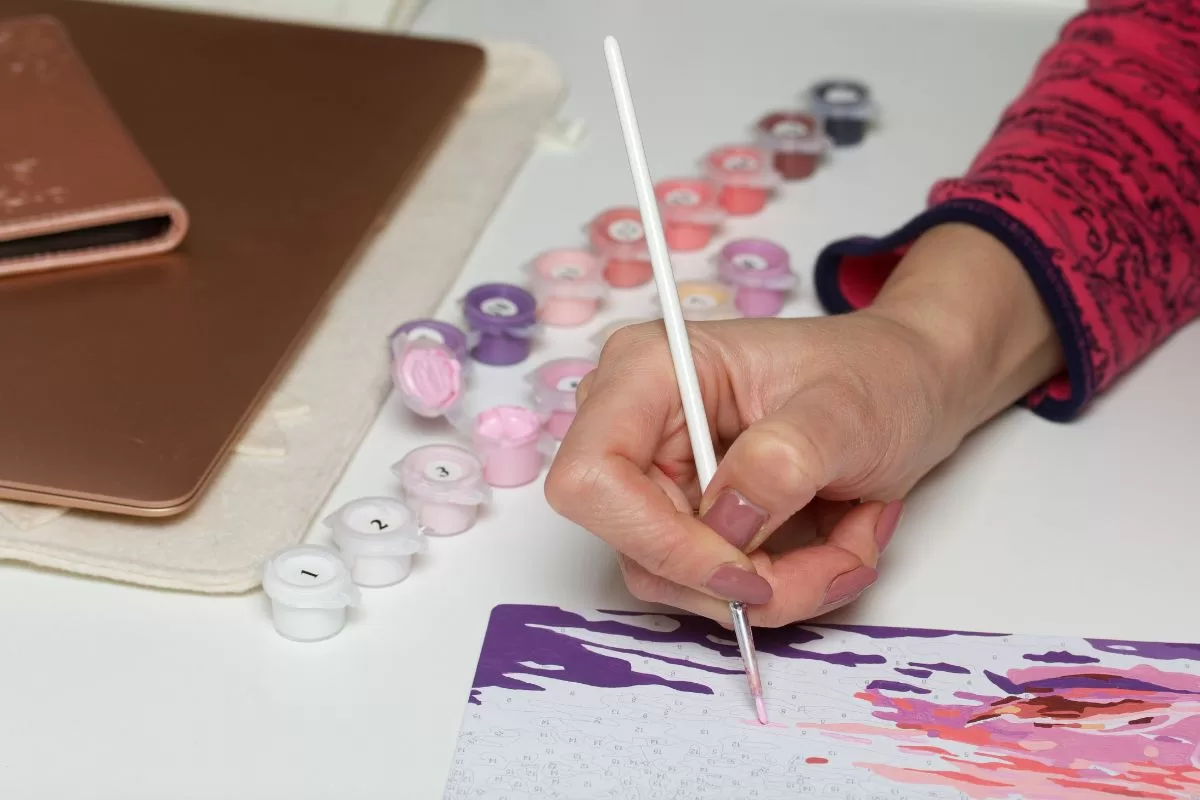
That is why it’s a good idea to take a step back and look at the basics of this pastime so that it turns out successful for children and adults. You can find a complete guide on painting by numbers below.
For Children
When you first come across a kid’s paint-by-numbers set, you’ll find that each one has bolder colours, and there aren’t any small spots, so these are an excellent place to start if you are a little apprehensive about starting them off with something too challenging.
If you want to give your child artistic freedom, let them pick the canvas so they are more likely to stick with it if they find the design more appealing, and the number of paints for these can be less daunting, which is perfect if your child is starting.
For The Canvas
For this, you can both have a good look at the spacing between each one, and from here, you can identify your colours and let them get to work, and here you want to provide them with an adequate amount of water and a kitchen roll so they can use each colour accordingly.
You might want to go up a size for the brushes and leave them out for your child, so they can pick how they want to approach the painting, as making mistakes at this age is fine and takes any pressure off the painting having to be of a particular standard.
Learning With Colours
As this process also teaches patience, it allows you to go into the details of how colours work and what results come from mixing different ones, so your child will get a better understanding of how each works and allows them the build a technique of their own.
If you don’t want your child to feel too overwhelmed, encourage them to approach it in steps, so it’s more manageable, and here you can show them that making mistakes is fine, as having fun with it is what builds confidence and builds on existing skills.
Make Your Own Canvases
You can start simply by creating your own templates and drawing up numbers for your child to follow, or you can do a free paint and see what they come up with, so prepare for some mess in the area and on clothes.
For Adults
What Painting Do You Have?
On average, It can take anywhere between 10-15 hours to complete a paint-by-number picture, so it’s a good chance that you may not be able to finish it in one sitting, which is fine because this won’t affect the quality of the end picture.
Most canvases that come with these kits are either made from cotton or linen, so you may have to unroll, stretch, or iron them, but this is completely fine as this material makes the canvas more resilient.
Gather Your Materials
A few brushes come with the set, as well as a complete set of paint colours, which you can find numbered on the top, and a postcard with the finished painting as a reference guide.
It’s important to note that even if you follow the reference guide exactly, it might not turn out the exact same way that you see there, and it will be unique to you, so stick with the process and don’t be too disappointed if the end result isn’t what you were hoping for.
With this, you can also use two cups of water so that one will be for dirty paint water and one for cleaning off the brush, as well as some kitchen roll to make sure your brushes are completely clean of any paint as you switch between colours.
Prepare Your Brushes
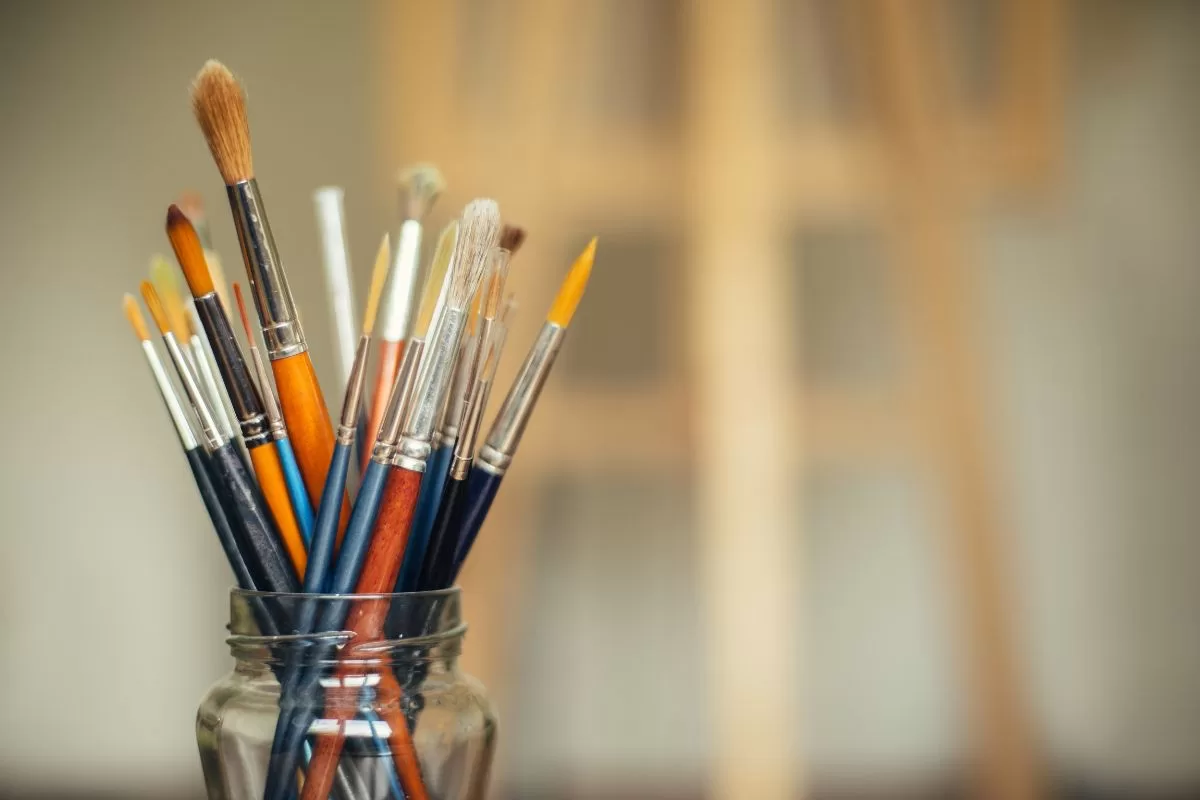
At this point, it’s a good idea to look at your brushes for any signs of fraying or clumping, as this can affect the spread of your paint.
You can use scissors to make the brush thistles more precise, and you want to cut the frayed pieces as far on the brush as you can.
Check Your Paints
In a standard kit, you can find around 20-24 colours, and sometimes more, so before you go using them, it’s a good idea to determine which ones are transparent or opaque as you apply each onto the canvas, where you can make a list on a separate piece of paper.
When you open each piece of paint, you’ll notice that they are quite creamy and thick in appearance, so you can dilute each one with a little bit of water so each one is easily spreadable on the canvas.
Now you can use a sample of each and paint next to their corresponding number on the list, and after each, you can dab in the water and wipe any paint off with the kitchen roll so that you can do this for all numbers (see also ‘Do You Use Water With Paint By Numbers? (Beginner’s Guide)‘).
Once you’ve found a transparent colour, like white and lighter shades, this tells you that the paint isn’t going to cover the number or lines on your canvas.
You can cover the corresponding number on the canvas with a blob and mark the pot so you know how to identify it.
If you cover the number, you may need help finding it later, and these transparent colours can be less forgiving than the darker ones.
Start Painting
Now you’ve identified each colour, you can get to the task at hand, and this might seem overwhelming at first, but as a tip, it’s a good idea to start with the darkest colours you have, so you can start at the top left corner and make your way down with those colours.
This is ideal if you’re right-handed as it avoids you having to brush your hand or arm on the canvas and smudge any wet paint.
If left-handed, you can start from the top right corner and make your way to the lower left corner.
You might notice that some of the numbers on the canvas are pretty small, so it can be easy to go out of the lines even if you go for a smaller brush, but you can use a toothpick or a smaller brush for these areas as you go for a quicker process.
If you happen to make a mistake, that’s fine, as the paint will still be wet, and you can dab any areas with some kitchen roll to remove excess paint.
After this, you can make your way through the painting, but be sure to give yourself a break in between colours.
Conclusion
If you’ve ever wanted to try painting, it’s never been a better time, as you can develop technique and unleash your creativity.
You can teach kids the basics of painting, which are skills that will be useful as they begin to express themselves more with that added freedom.

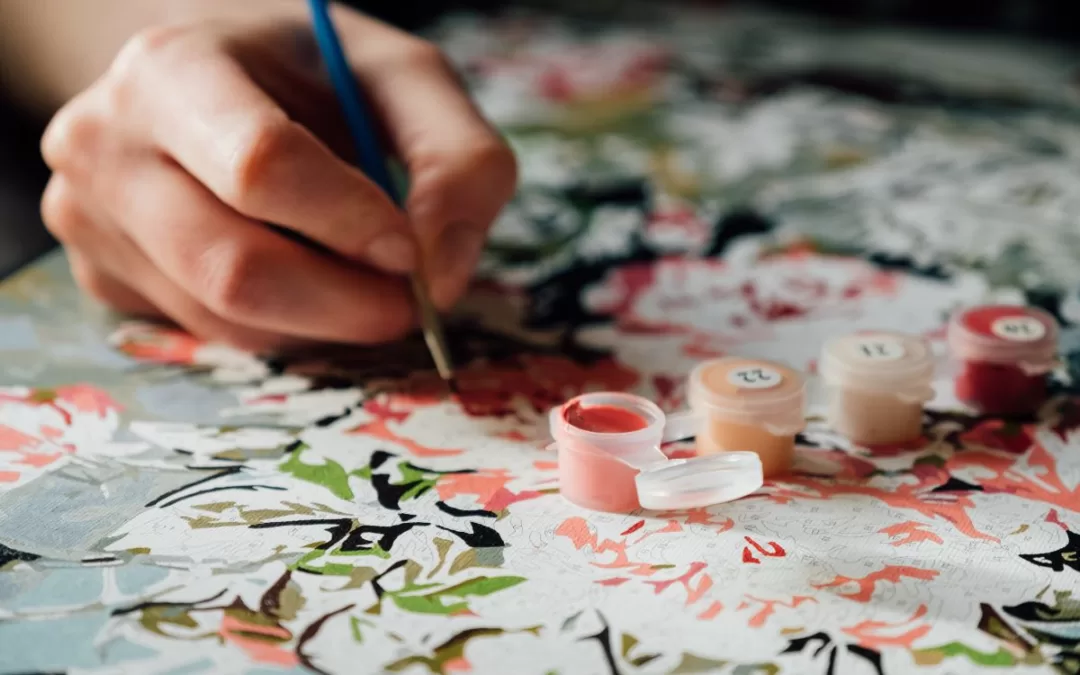
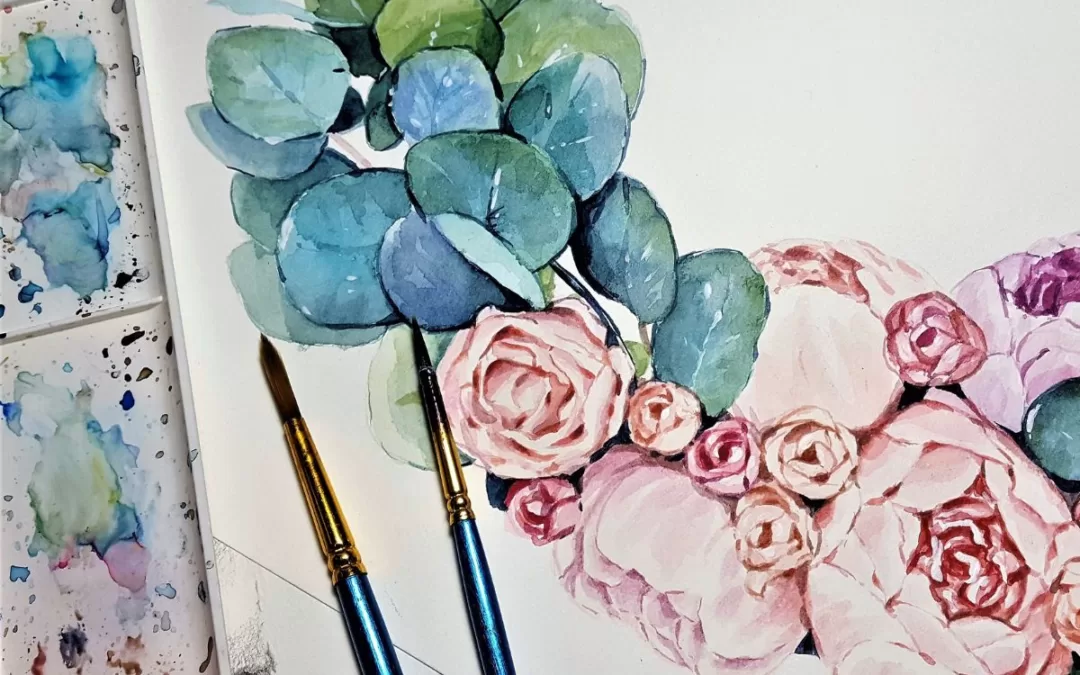
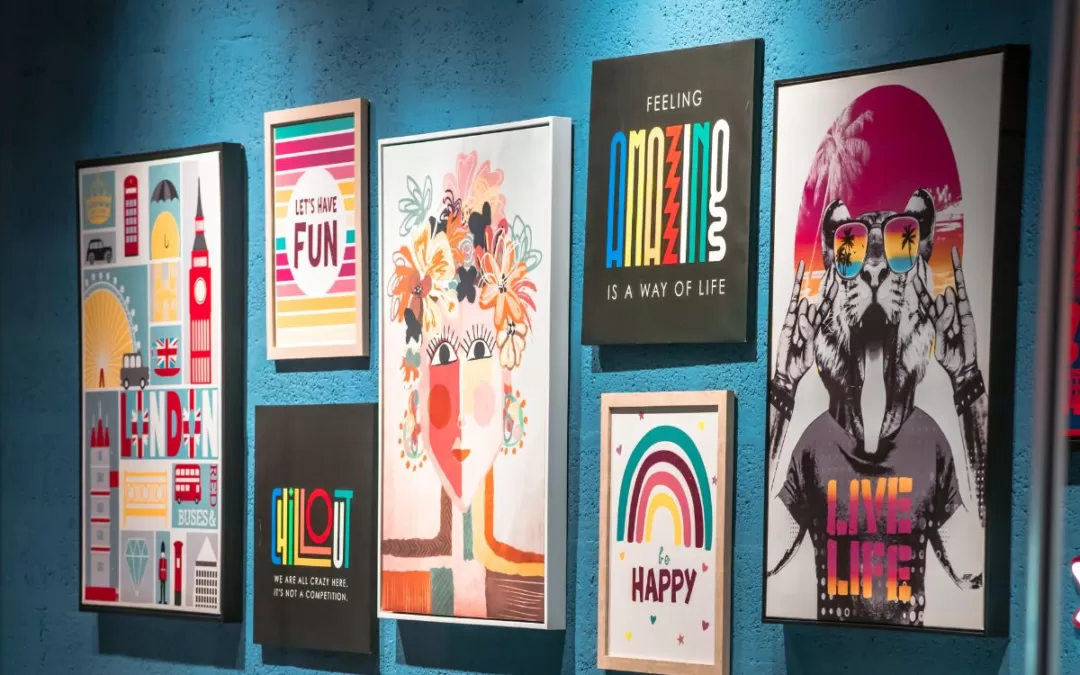
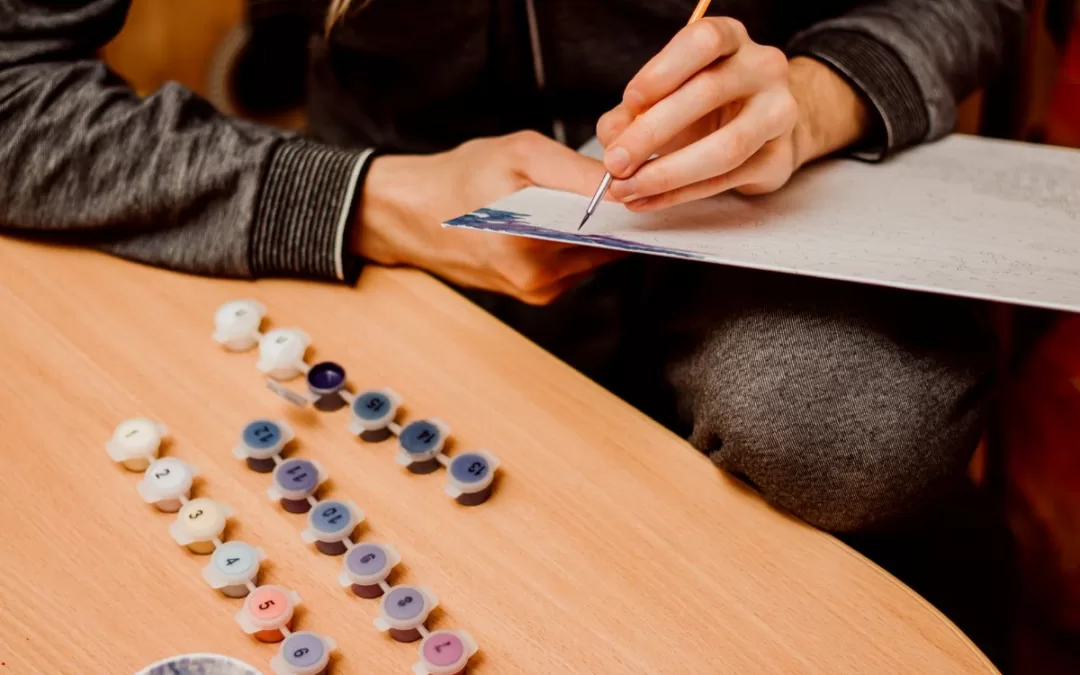
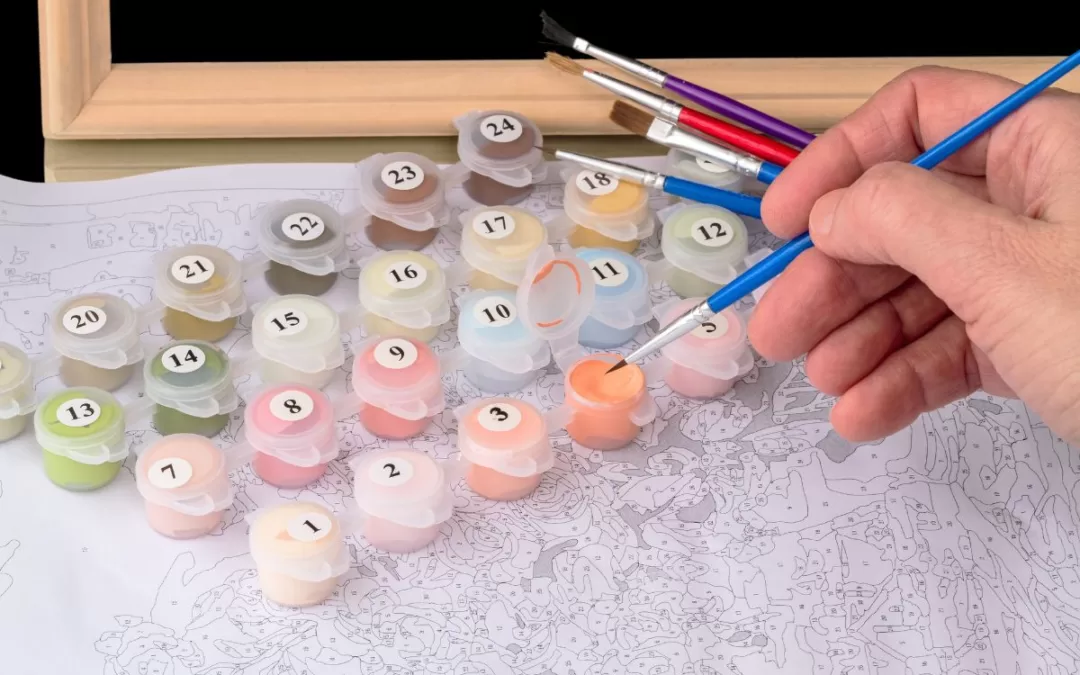

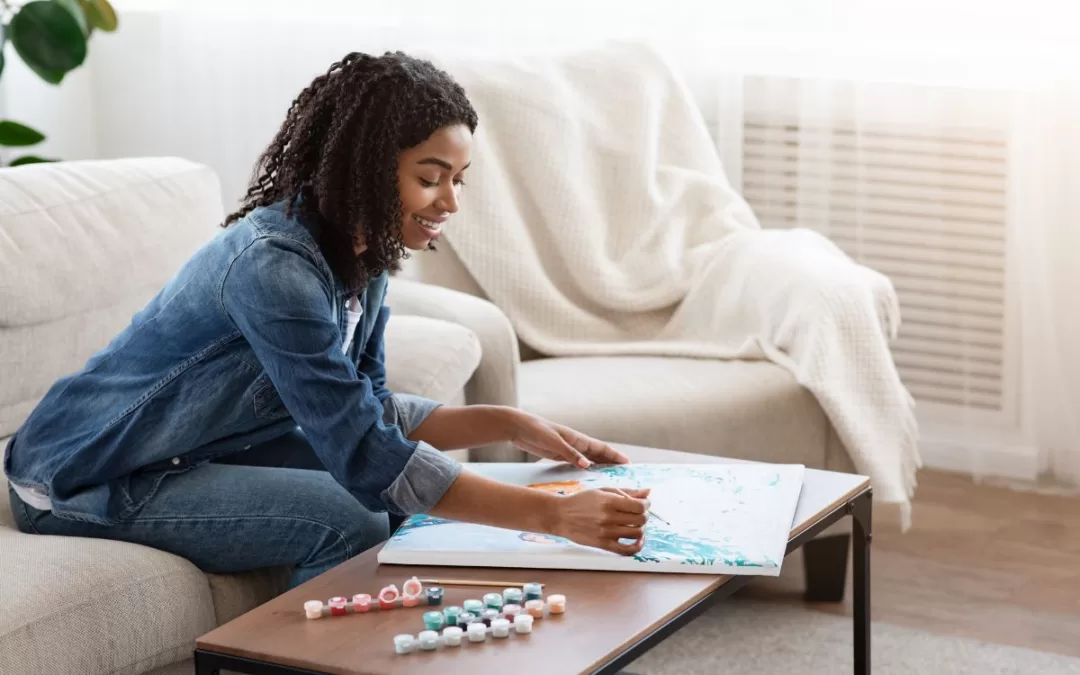
![How To Completely Cover The Numbers In Paint by Numbers [Helpful Hacks]](https://paintmynumbers.co.nz/wp-content/uploads/2022/12/How-To-Completely-Cover-The-Numbers-In-Paint-by-Numbers-Helpful-Hacks-1080x675.webp)